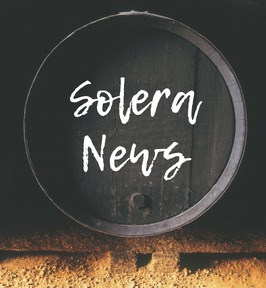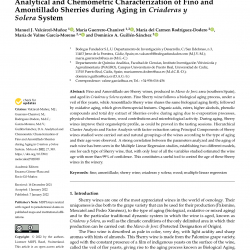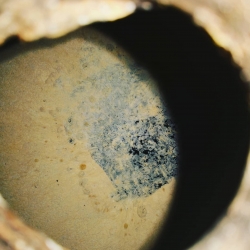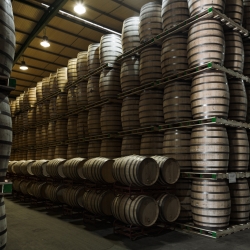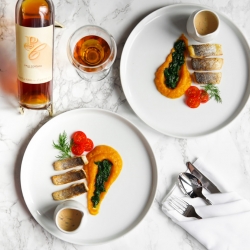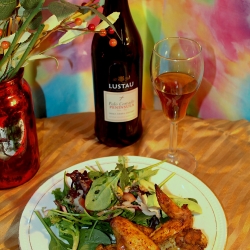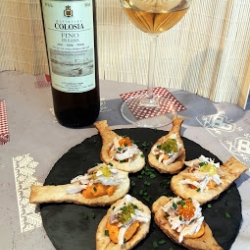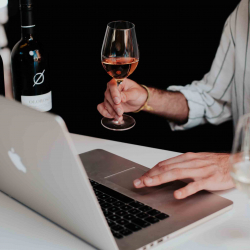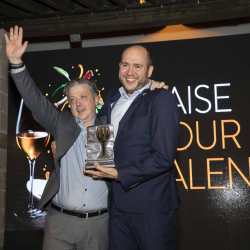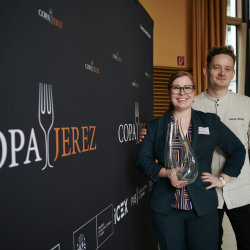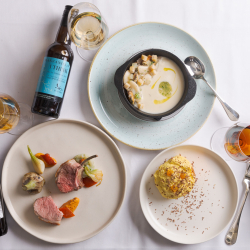Stand Back and Gimme Some Air
Oxygen is the enemy of wine; that seems obvious. Leave a glass of wine out on the counter for a few days and what do you got? Colored water with whiffs of sour apple and vinegar. But still. Oxygen is also the winemaker’s primary tool. It is what allows yeast to make grape juice into a delicious, heady alcohol with aesthetic pretentions. Ask any winemaker and of the thousand fold decisions required, the most important is when to bottle the wine. In other words, when do we stop it from getting any more air? 
By allowing in oxygen, albeit in a slow, controlled manner, winemakers are able to slow down that countertop deterioration. Yes, it will someday be sour apple juice and vinegar, but the transition from one state to another is, in the hands of a great vintner working with top grapes, utterly fascinating and compelling.
With most bottles, this is not very obvious. The modern marketplace tends to value wines for their youthful fruit character; lush, overt, primary attributes are more familiar to most wine drinkers than the secondary notes that gain purchase as a wine slumbers in a cellar. Fresh fruits like blackberry, cherry, peach and plum are still present but the vigor fades into fruit skins, compote and even desiccation; the hope of the great bottles is that other aromatics and flavors take their place as well. Those new (or newly ascendant) notes could be earth, floral, herbal or spicy compounds. But it is time, we say, that releases them. We ought to be more candid and allow that it is oxygen that has done so.
As a veteran of the wine wars, I can lament much about the current state of commerce. New release Burgundies sell for many times more than their aged versions do; it is the same with many Rhone Valley, California, Italian or Australian wines. No one seems to trust the old bottles as they should. Bordeaux is, of course, another thing altogether; certain famed vintages receive astronomical valuations. But in the Kurniawan Era, when half the 1947s, or 1982s, or whatever are likely fraudulent re-fills or re-labeled forgeries, you have to have a parvenu’s money and arrogance to shop in those aisles. All but the famed names can be bought far more cheaply when you buy a ten or twenty year old wine than when you buy a spanking new vintage. It’s not simply that people don’t trust the wines to be good (or legitimate in the case of Bordeaux), it’s that they don't even know what those wines taste like. And compared to the vibrant and overt character of the young wines they are used to sipping, the old wines taste, well, weird.

That weirdness is what makes them, I would argue, valuable. They are unusual, even at times, singular. Pour a glass of Gonzalez Byass Apostoles Palo Cortado VORS and smell the candy store aromas of caramel, nuts, chocolate and vanilla; you’re not likely to find those in something young. Yes, some of it is the PX added to a base of Palo Cortado; sugar does nice things to many a wine. But it’s not sugar adding those aromas. Try Sandeman’s Royal Esmeralda Amontillado VOS next to it; now sugar isn’t a significant factor. Yet those confectionary aromas are still present. What defines these wines is time and, we can admit, oxygen’s impact upon the wine.
Even more importantly, taste them and feel how the texture is silkier than a young wine could ever be.
We’re not really sure precisely how all this stuff happens, but there are definitely complex compounds (polysaccharides among them) altering the arc of tactile perceptions as the wine lays on your tongue, slides along the cheeks and slips down your gullet. The way it clings to your mouth reflects the amazing concentration undergone by a wine with long barrel aging. And it is not only that exposure to oxygen alters a wine’s flavor, aroma and texture compounds. Just as importantly, there is evaporative compaction; as water disappears (in dry cellars) or alcohol lessens (in humid cellars), everything else stays behind in greater proportion to the whole than before.
 Because I keep around bottles of Sherry for cold nights like this one, I have a glass of Dios Baco’s Oloroso Imperial VORS right next to Williams & Humbert Dry Sack Oloroso Solera Especial 15 year old. Dios Baco is theoretically twice as old as the Dry Sack and nosing back and forth, I feel like I can capture moments in time, each wine unraveling its many parts.
Because I keep around bottles of Sherry for cold nights like this one, I have a glass of Dios Baco’s Oloroso Imperial VORS right next to Williams & Humbert Dry Sack Oloroso Solera Especial 15 year old. Dios Baco is theoretically twice as old as the Dry Sack and nosing back and forth, I feel like I can capture moments in time, each wine unraveling its many parts.
That finally is oxygen’s great skill: to unwind the taut, even sometimes merciless character of a young wine. To show that each wine is not simply one thing; it is not a solo act. With time, other voices pipe up, gentle and quiet at first, revealing that wine is comprised of hundreds if not thousands of myriad pieces and through time, they may all harmonize into one complex choir.
The views and opinions expressed in this article are those of the authors and do not necessarily represent those of El Consejo Regulador.


14 December 2016
